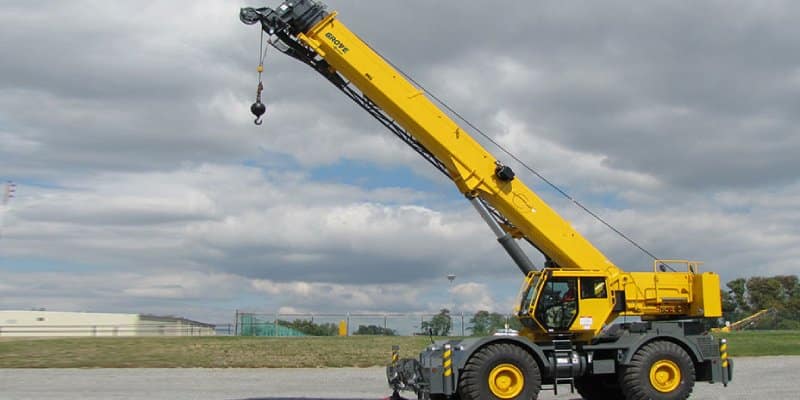Mastering Rough Terrain Cranes: A Comprehensive Guide
When it comes to tackling heavy lifting on the rugged ground, RT cranes emerge as versatile and dependable solutions. These robust machines are designed to navigate challenging landscapes, making them essential for construction projects, infrastructure development, and various industrial applications.
RT Crane Features
- All-Terrain Mobility
Rough terrain cranes’ aptitude for navigating difficult and uneven terrains is one of their distinguishing qualities. Cranes can work on gravel, mud, sand, and other difficult surfaces that are frequently seen in construction sites because they have sturdy chassis and durable, specially designed tires.
- Compact and Maneuverable
RT cranes are appropriate for confined spaces or locations with limited access because they are relatively compact when compared to other crane types. Their agile design makes it possible to maneuver effectively, which is essential while working in confined spaces where accuracy and safety are of the utmost importance.
- Hydraulic Telescoping Boom
A hydraulic telescoping boom with outstanding reach and height is a common feature of these cranes. For activities like establishing structural components or positioning heavy equipment, the machine’s flexibility and reach make it possible to carry huge items to lofty areas.
- Operator-Friendly Cabins
The operator cabins on contemporary cranes are ergonomic and prioritize both comfort and functionality. The cabins offer good visibility and control, allowing operators to maneuver the machine with accuracy and maximize productivity when lifting.
How to Choose the Right One for You?
To guarantee the best performance and safety, opting for the right crane for your project requires careful consideration of a number of different variables.
Terrain and Site Conditions
Consider the specific terrains and environmental conditions of your project site. Choose a rough terrain crane that can easily navigate and operate on the given terrain, whether it’s rocky, muddy, or sandy.
Budget and Cost of Ownership
Consider your spending plan and the long-term expenditures of buying or renting a rough terrain crane. To make an informed choice that fits within your budget, take into account maintenance, fuel usage, and probable downtime.
Load Capacity and Reach
Establish the project’s needed reach and maximum load capacity. To be sure the crane you choose can manage the job effectively, consider the weight and dimensions of the loads you’ll be lifting.
Safety Features and Compliance
Put safety first by choosing a rough terrain crane with cutting-edge safety features. To reduce hazards during operations, confirm that the crane complies with and/or surpasses industry safety standards and compliance rules.
Reputation and Reliability
Pick a reputed crane provider or rental business that offers dependable, well-maintained machinery. To ensure the quality and effectiveness of the crane, check customer evaluations, ask for referrals, and evaluate the business’s performance history.
Rough terrain cranes are essential tools for managing large lifts in difficult terrain. Consider aspects such as weight capacity, terrain suitability, budget, safety features, and the reputation of the supplier when choosing the best RT crane for your project.
Prioritize safety and efficiency to ensure a successful project outcome with Safest Lift, a reputable and trusted crane rental company in Dubai, which offers a wide range of heavy equipment. Contact today!



